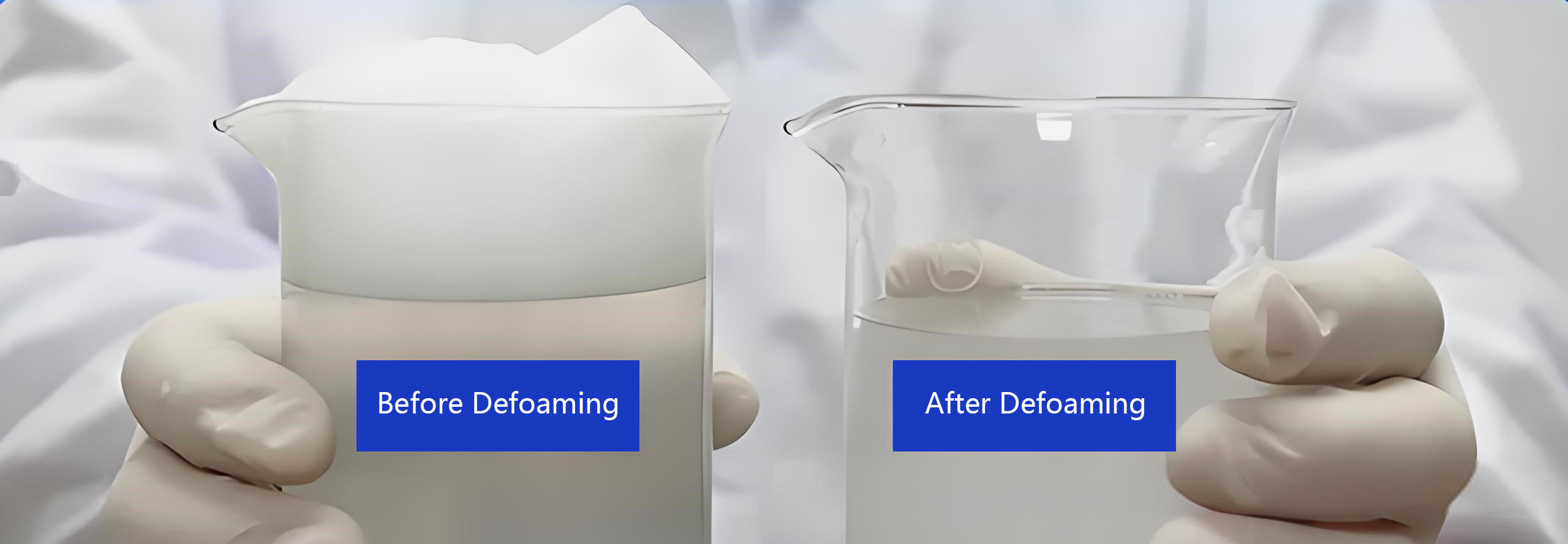With the advancement of technology, more and more innovative technologies are being applied to improve the defoaming performance, aiming to solve the limitations of traditional defoamers, such as low efficiency, high cost, and significant environmental impact.
Nanotechnology and nanoscale defoamers improve defoaming efficiency by reducing particle size, increasing surface area and reactivity. In addition, nanoparticles can also serve as carriers to load other functional components, achieving multifunctional defoaming.
Biotechnology, using biological fermentation technology to prepare defoamers, such as microbial metabolites, has natural and biodegradable characteristics, reducing their impact on the environment. Meanwhile, by optimizing the metabolic pathways of microorganisms through genetic engineering technology, biological agents with specific defoaming properties can be developed.
Smart materials, such as responsive polymers, can adjust their structures according to environmental changes (such as temperature and pH value), thus intelligently controlling the formation and elimination of foam. This adaptive feature provides new possibilities for the precise application of defoamers.
Supercritical fluid technology utilizes supercritical carbon dioxide and other solvents to prepare efficient and low residue defoamers. This technology not only improves the production efficiency of defoamers, but also reduces the burden on the environment.
The application of innovative technologies has brought revolutionary changes to the field of defoaming, not only improving defoaming performance, but also promoting the green and intelligent development of products. In the future, with the integration of more interdisciplinary technologies, the performance and application scope of defoamers will be further expanded, providing more efficient and environmentally friendly solutions for various industries.

 English
English
 Chinese
Chinese Vietnamese
Vietnamese
 HOME
HOME
 PRODUCT
PRODUCT
 NEWS
NEWS
 CONTACT
CONTACT


